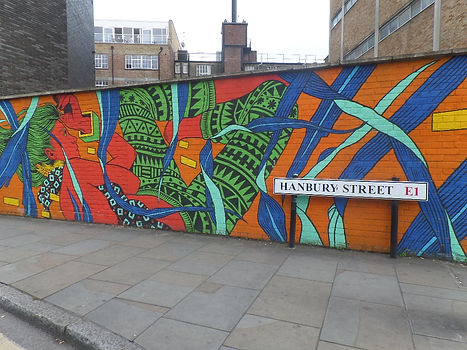
Healing: A Journey through
Destruction
Otsuchi-cho, Japan
Otsuchi-cho is a small fishing village located in Kamihei District, Iwate, Japan. The town was leveled to the ground during the 2011 Tohoku earthquake and tsunami, a 9.0 magnitude earthquake off the coast of Tohoku that resulted in a tsunami. The town lost 10% of its population, everyone that lived there was affected. The image above was taken three years after the earthquake in 2014.
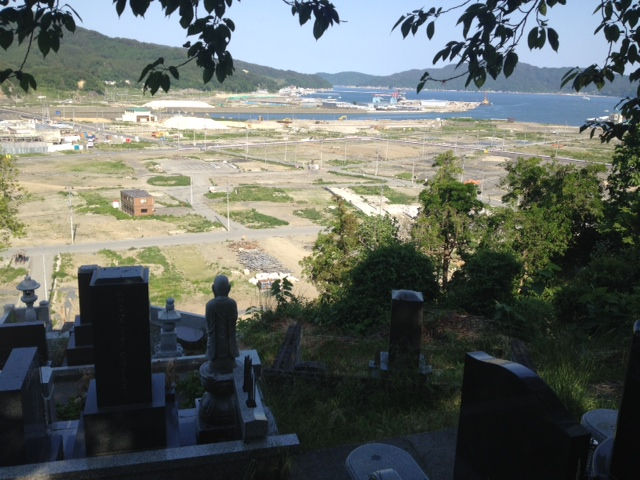

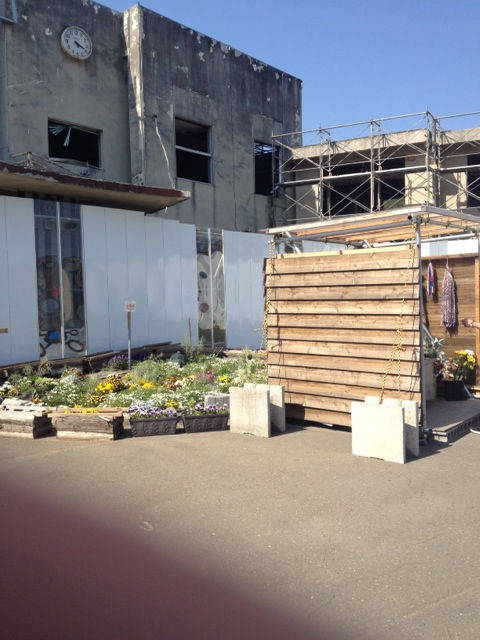

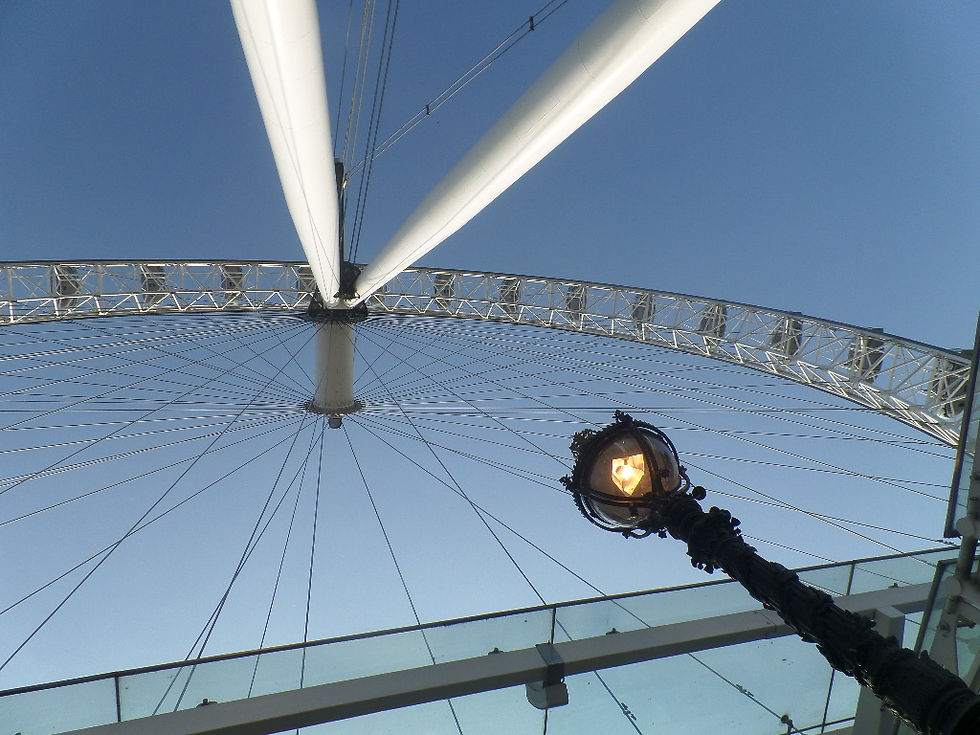
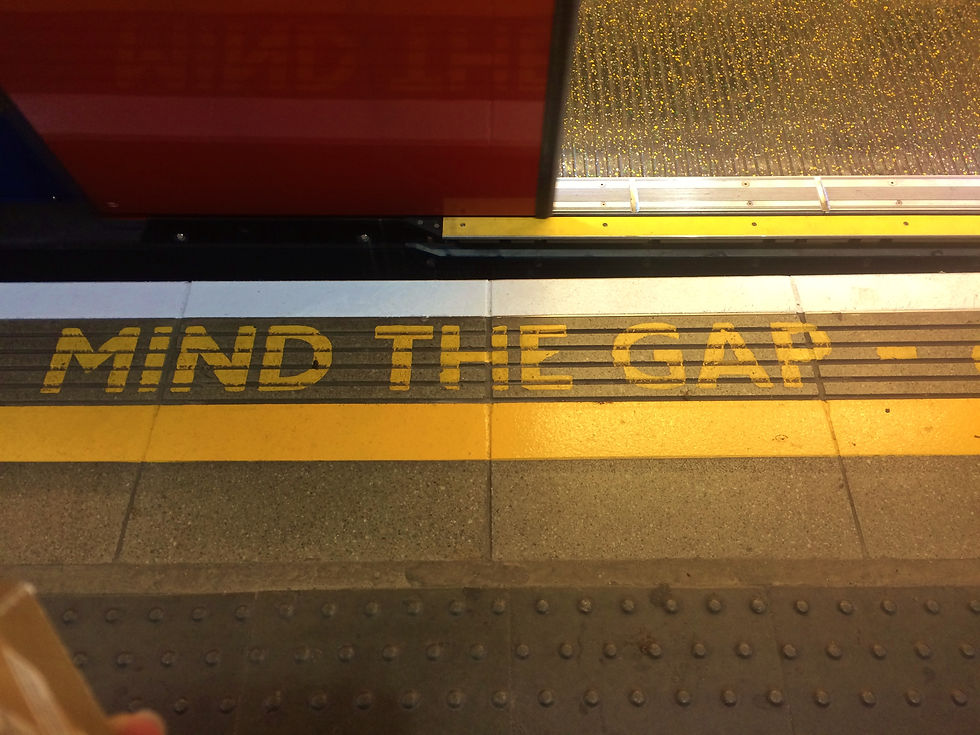


London, England
Destruction is a state of disruption, an imbalance in the balanced state.
London, England was greatly affected during World War II. During The Blitz, a series of strategic bombings on the United Kingdom by the Nazi Germany, London was bombed for fifty-seven consecutive nights and much of London was destroyed. Today, the destruction that was caused is only noticed due to the lack of old architecture in some areas of the city.
During my study abroad in London, I had an internship at the Whittington Hospital (pictured to the left). The majority of my internship consisted of performing hand-washing audits and observing the everyday occurrences of the accident & emergency (A&E) department. The time that I spent in the A&E department allowed me to observe a variety of illnesses. On any given day, I observed the A&E department exceed capacity due to patients wanting routine check-ups while mentally ill, drug abusers, and trauma victims streamed in the doors alongside them.
The moment I equated disaster as an illness was at my internship. I was a spectator when a mentally ill patient ran through the ambulance entrance and was dragged back to a behind-schedule psychiatry consult, and then the morning after, another patient did the same thing, but this person ran in front of a bus and committed suicide. There was something in these individuals lives that was disruptive enough that they felt that they had to run out the ambulance entrance, and in the latter case, had fatal results.
From what I observed, there was nothing in the hospital to support the disaster that the people there were experiencing besides the strictly medical treatments. There was nothing to create a new sense of balance.
The links to the left are more thorough analysis of my internship as well as one of the audits that I developed for the Whittington Hospital.
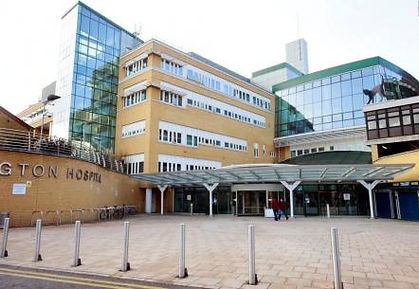
London: Observing Mental Illness
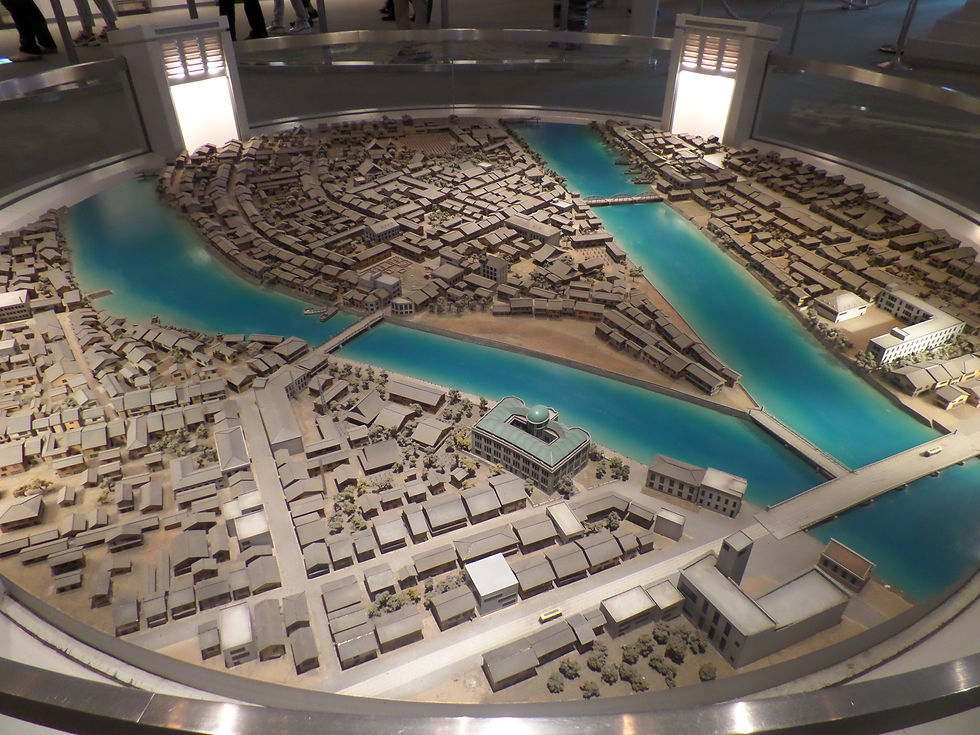
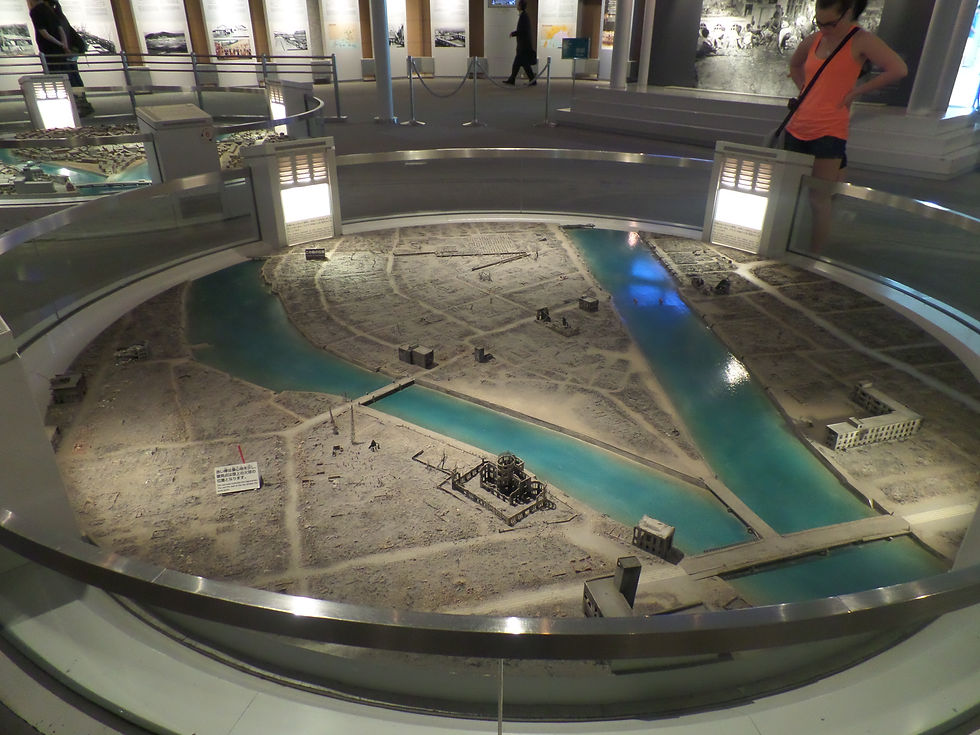
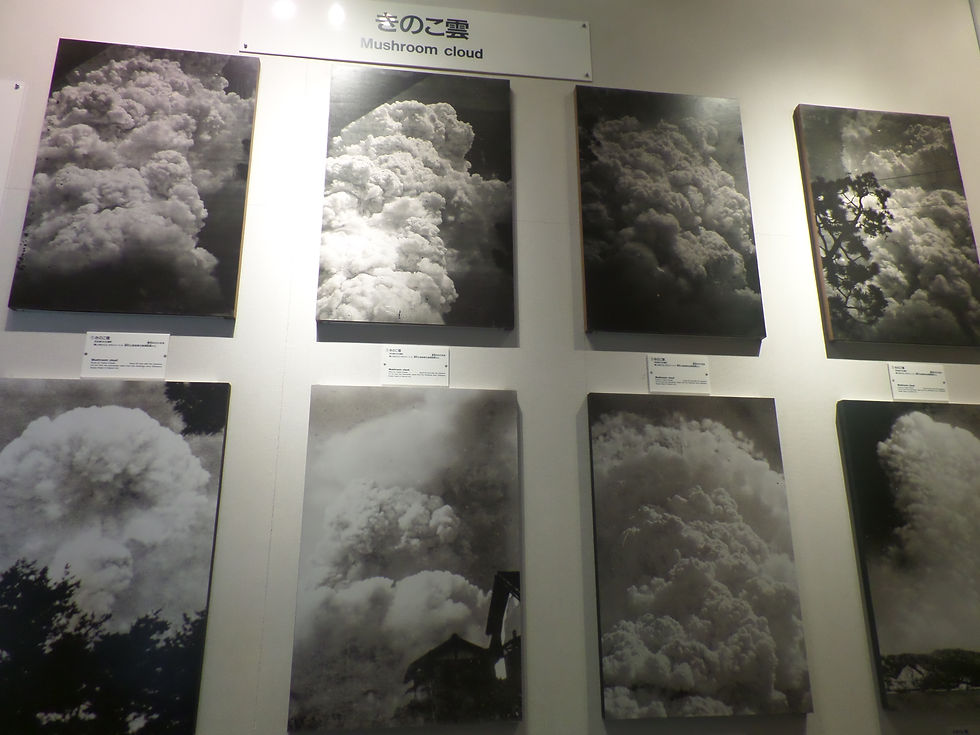

Illness
Hiroshima, Japan
On August 6, 1945 Hiroshima, Japan was hit with one of the only atomic bombs that was ever used in warfare. Only a few buildings were left standing and over 100,000 people were killed instantly. The re-building of the city started three days after the bombing.


During my time at UMR, I have visited two countries (Japan and the United Kingdom) that have witnessed mass trauma and disaster. As an individual pursuing a career in healthcare and an observer in these two countries, I have identified parallels between disaster on a large scale and illness experienced by an individual. In addition to being an observer of disaster, I experienced disaster first-hand when I realized I no longer wanted to become a physician assistant after an internship at a London hospital. My personal story of disaster can be found here.
After visiting these cities, I realized that large scale disaster is comparable to illness. Illness disrupts all aspects of an individual's life because illness is a type of destruction. When a person is severly ill, they often feel isolated, away from the comfort of their own home. The balance in their life is disrupted and there is uncertainty about the future causing mental disruption. The body is in poor condition causing physical unrest and anxiety rises as treatments and illness progress causing emotional upheaval.
Hyperbolic Chamber [Digital image]. (n.d.). Retrieved from http://project3x5.tumblr.com/post/21102249535/hbot-into